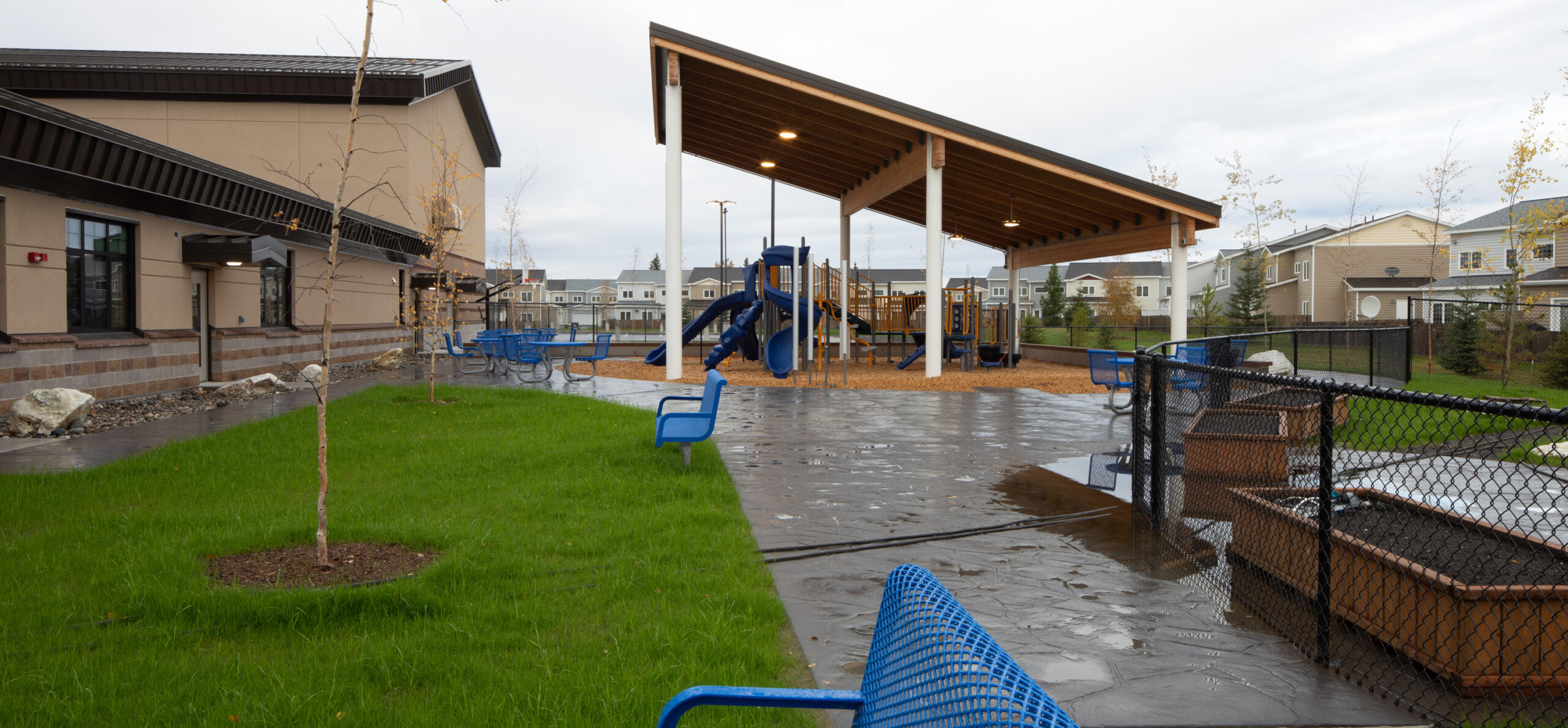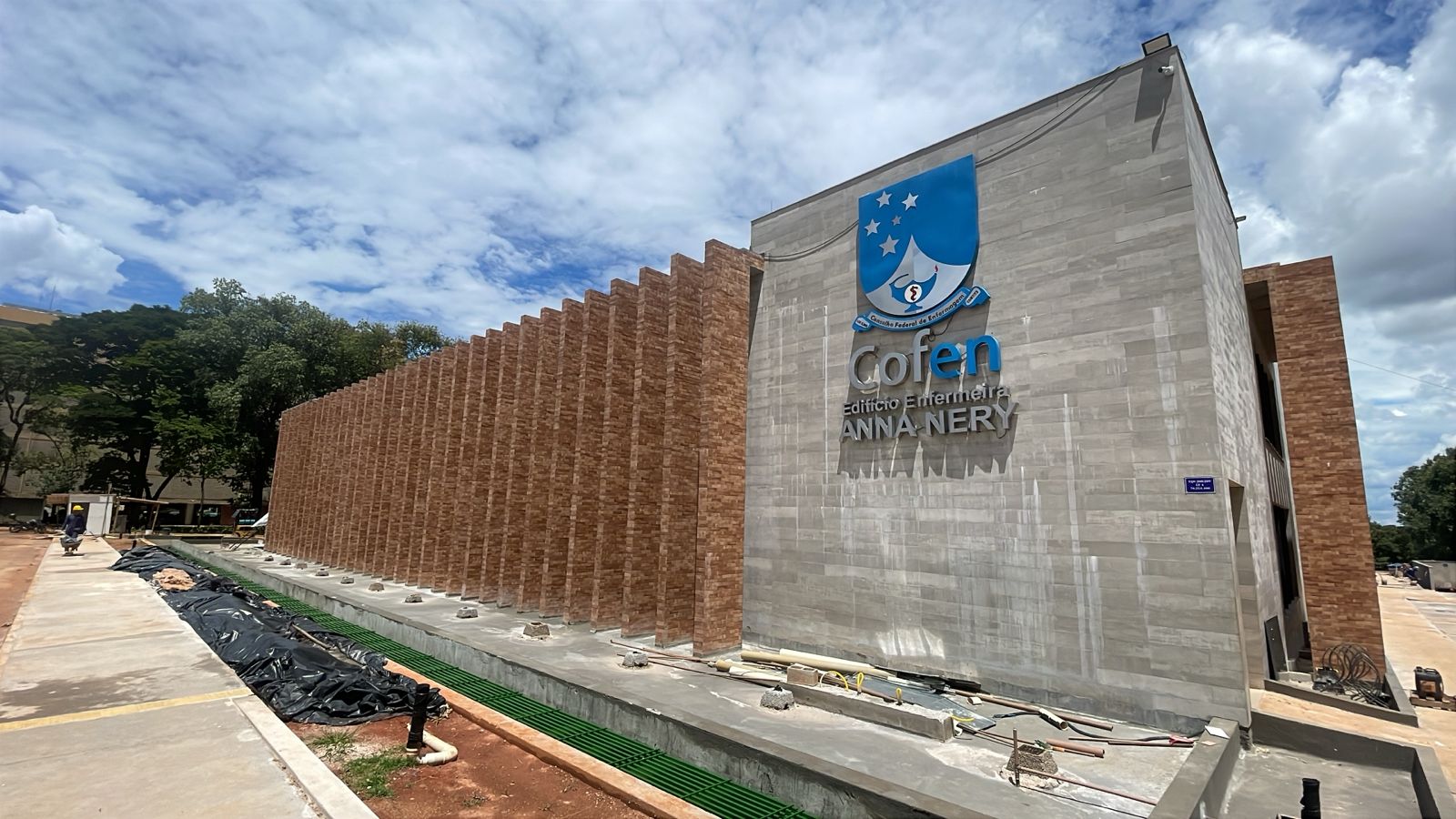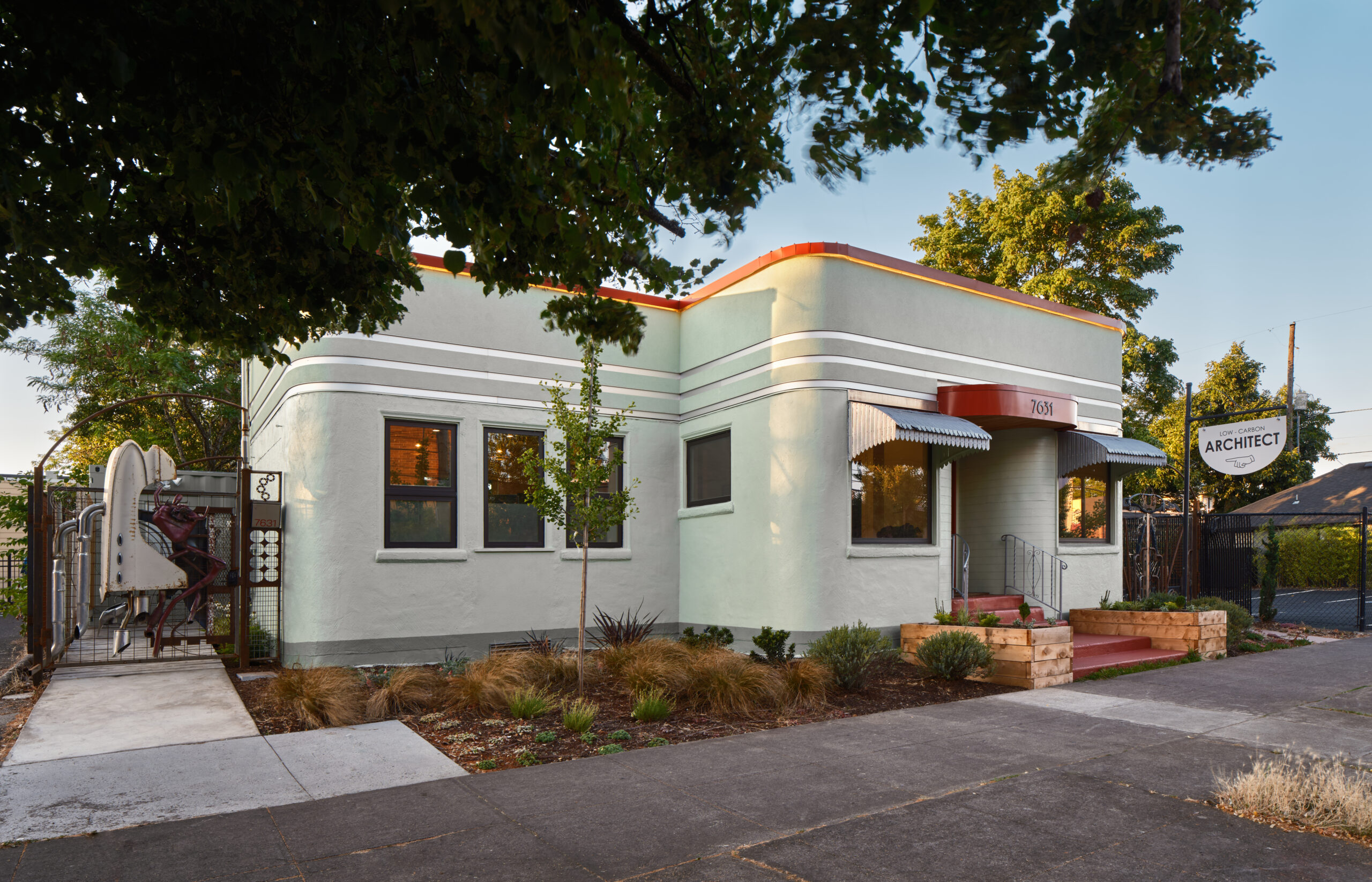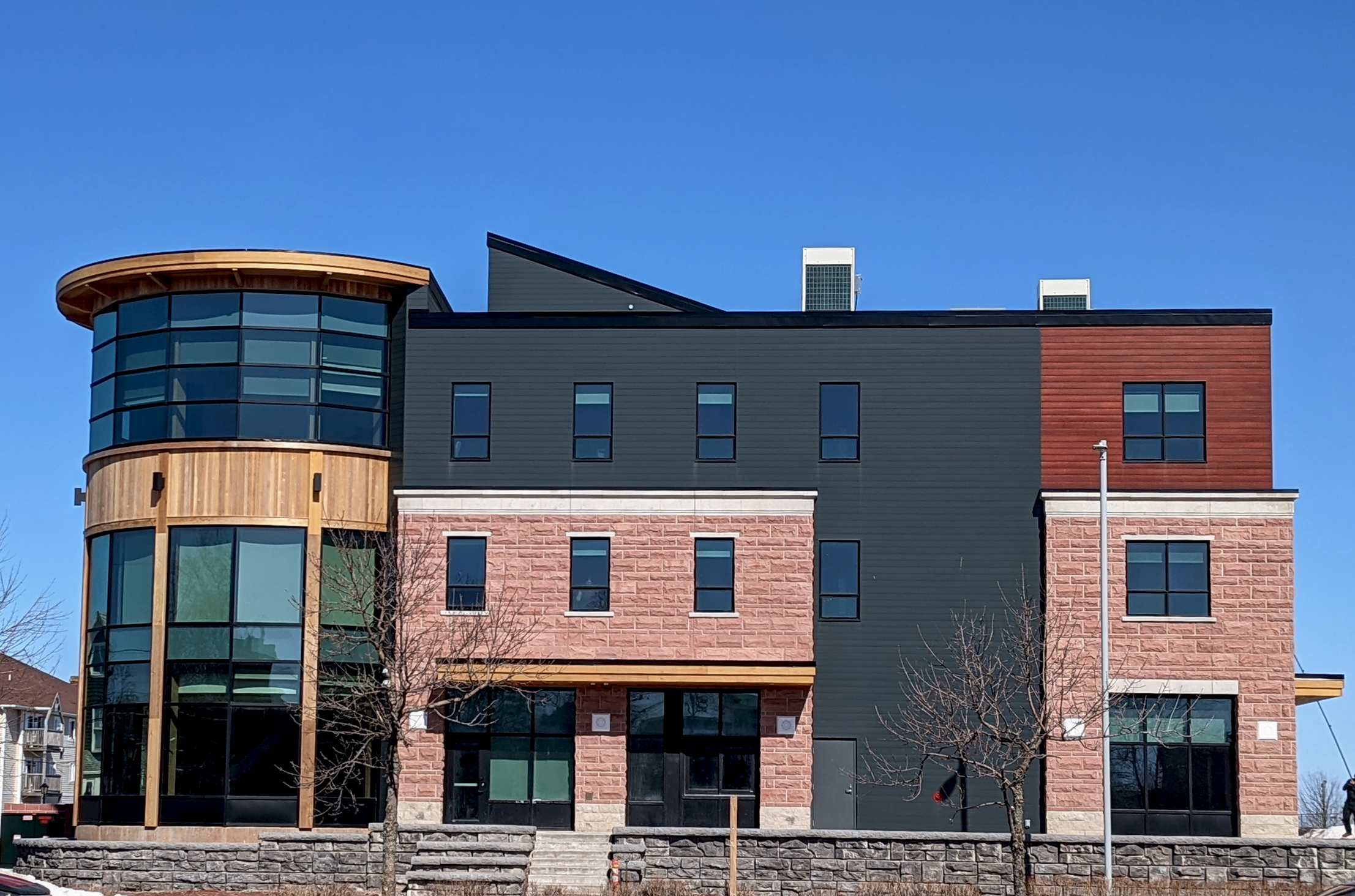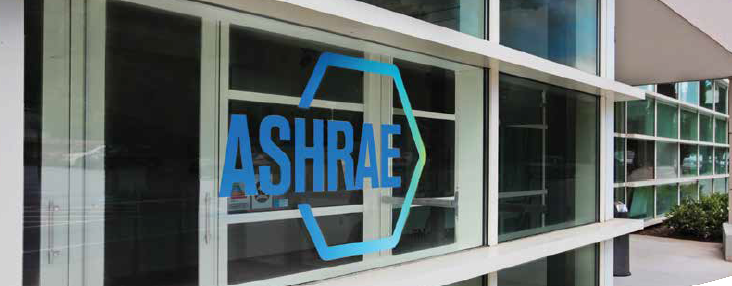“We don’t get as much fresh indoor air as the lower 48 states in our sub-arctic climate,” explains Lyle Axelarris, Building Envelope Specialist at Design Alaska. “So we focus on minimizing contaminants within buildings as much as possible.”
“The nuances of the GPC made it more applicable. We were able to concentrate on items that have an impact on the finished project and actually improve the day-to-day experience of those in the building.”
To safeguard children’s health at the 20,000 SF School Age Services facility at the Eielson Air Force Base, Design Alaska specified low-VOC products and masked off HVAC areas during construction to block contaminants.
The project went through the Green Building Initiative’s (GBI) Department of Defense Guiding Principles Compliance for New Construction & Modernization program (DOD GPC NC), and the Alaska District of the U.S. Corps of Engineers (USACE) managed the GPC third-party assessment program for the Air Force. The School Age Services Facility was verified as “Compliant” and is the first Alaska District USACE project to achieve recognition through GBI.
Another way the facility protects occupant health is through adequate fresh-air ventilation to displace carbon dioxide. While this increases indoor air quality, it presents a significant challenge in Alaska’s climate.
“We have peak cold temperatures of 40 degrees below zero,” says Marcus Curley, Mechanical Engineer at Design Alaska. “We need to condition the air before we introduce it into the space but energy is very expensive here. For energy efficiency, the building has three ventilation systems and one includes a heat recovery ventilator (HRV).”
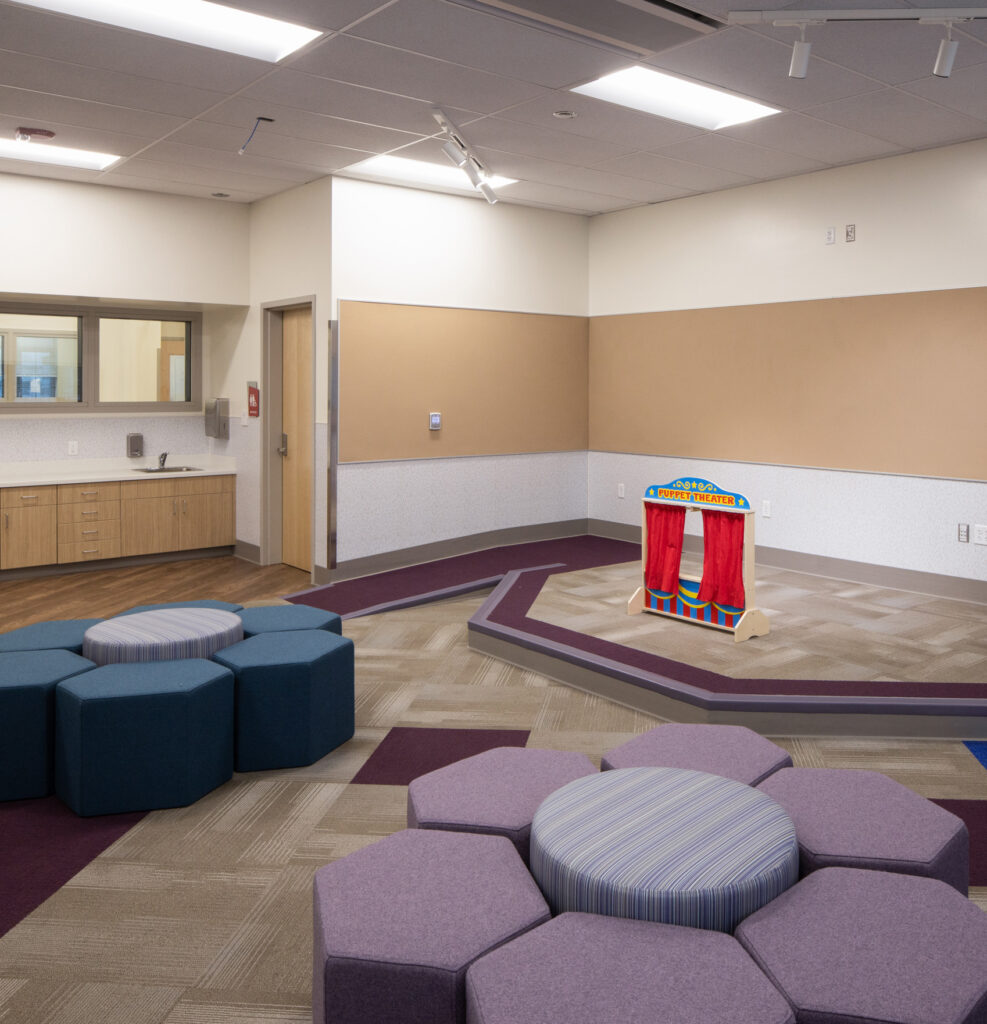
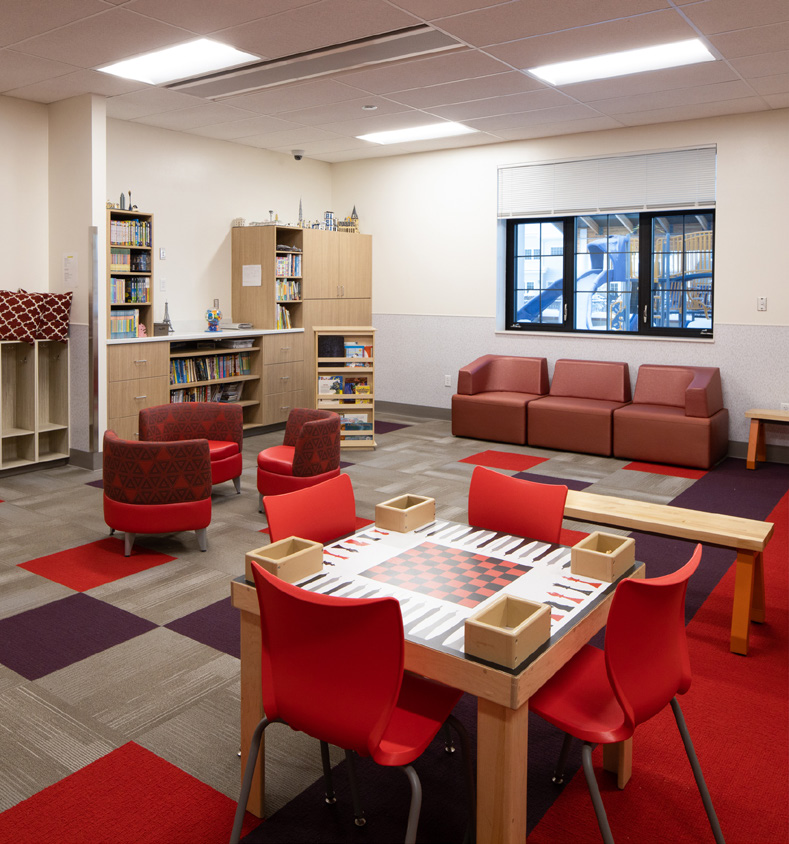
Overall, the School Age Services facility demonstrates a variety of efficient strategies:
- Plumbing fixtures use low-flow faucets and flush valves, and hot water is recirculated.
- LED lights offer a high lumen output and low power consumption.
- The building’s exterior comprises two separate systems with special detailing for building envelope continuity to reduce heat loss.
- Regularly occupied spaces use radiant slab heat.
- An active chilled beam system for mechanical cooling pairs with heat recovery to maximize energy savings.
- The energy model shows a 39% improvement over the ASHRAE Standard 90.1.
Direct Connection
The team was already well-versed at providing high-performance buildings in Alaska, and Axelarris says the GPC process helped them determine a logical approach to apply the facility’s sustainability aspects toward compliance.
“The GPC survey was clear on the intent of the requirements and the exact submittals we needed to provide,” Axelarris says. “We were able to contact GBI directly and get answers on how items would be interpreted by our project’s reviewer. It was a much more rational rating system process.”
Marilyn Fye managed the GPC process at at Design Alaska and she also liked the GPC’s clarity. “The survey made it so simple because we didn’t have to determine if there was different criteria for the government mandates we needed to follow.”
The contractor took a team approach to ensure sustainable criteria were achieved. “We met with Design Alaska to select products that met the GPC requirements,” recalls Adam Gohlke, Project Manager at GHEMM Company. “Then we worked with our suppliers and installers to fulfill those needs.”
Before the onsite walkthrough took place to verify the green measures, the Guiding Principles Compliance Assessor (GPCA) had already reviewed the documentation.
“The walkthrough was a very responsible procedure without being overburdensome,” Fye says. “Our GPCA cared that the building was done correctly but that we weren’t spending money needlessly on design. The experience was very positive.”
Axelarris concurs. “The nuances of the GPC made it more applicable,” he says. “We were able to concentrate on items that have an impact on the finished project and actually improve the day-to-day experience of those in the building.”
